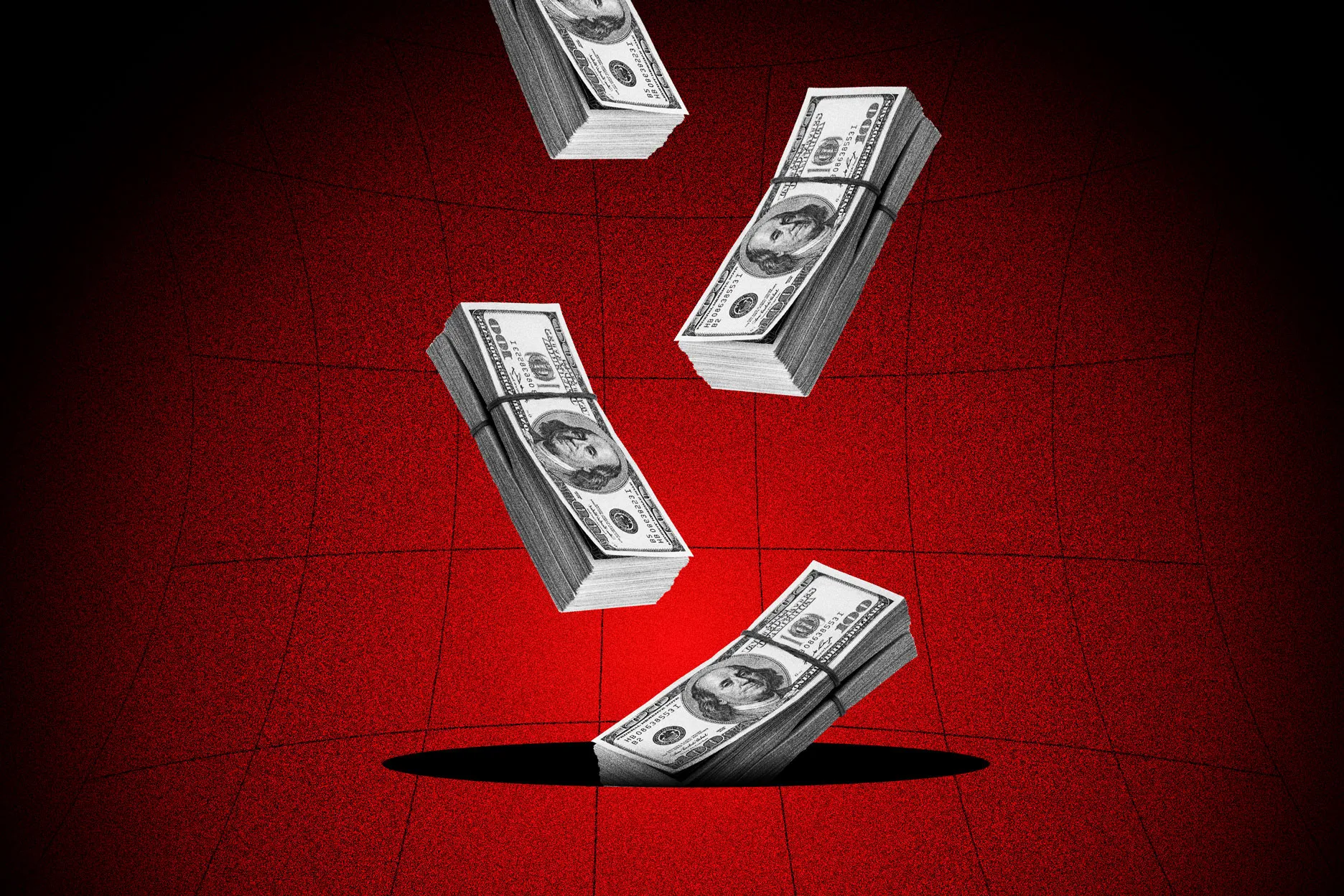Your investment returns may not be as high as you think they are.
That’s according to a new report from research firm Morningstar, which found a gap between how much mutual funds and exchange-traded funds (ETFs) generate and how much investors actually see in their portfolios.
Say you’re researching a new fund to buy. If you go to the fund’s information page — like Fidelity Investment’s detailed page about the Fidelity Total Market Index Fund, for example — you’ll see “total returns” for how that fund performed over different periods of time. But Morningstar’s report shows that while the average total return across all funds was 7.3% over the decade ending Dec. 31, 2023, the actual investor return was just 6.3%.
In other words, investors failed to capture around 15% of their funds’ total returns, the research found.
Why investors aren’t capturing total returns
The reason investors aren’t actually seeing their funds’ total returns comes down to bad timing.
Total market returns don’t take buying and selling into account — moves that many investors are bound to make over a decade. Instead, total returns illustrate the performance of a hypothetical investor who bought a fund and held it for the full 10 years.
The average dollar invested, or investor return, does take trading into account. Chasing returns tends to exacerbate bad timing and therefore leads to the gap Morningstar found, says Jeff Ptak, chief ratings officer at the research firm. That’s no surprise: Financial experts repeatedly say that time in the market is much more important than timing the market.
But Ptak says that the gap can also arise from more moderate behavior that is actually encouraged, like dollar-cost averaging. That strategy, which involves investing at regular intervals and is what you’re already doing if you have a portion of every paycheck go to your 401(k), means you’re not investing a lump sum at the beginning of a decade and holding it until the end.
By investing at different intervals, you’re bound to buy when prices are low but also when prices are high. Pair that potential for some badly-timed moves with the fact that you may withdraw money for things like a down payment or a child’s education, and you’re likely not going to capture all the same returns as someone who didn’t touch that investment at all.
That definitely doesn’t mean you shouldn’t dollar-cost average. But it does mean you may want to be more clear-eyed about how your returns will compare to the fund’s overall performance.
How to avoid the gap and capture the highest returns
There are ways to avoid a big difference between how much your fund generates and how much of that return you actually see. One, as you might expect, is to avoid rapidly trading and trying to time the market. But another is to focus on simple investing strategies, like to buy shares in target-risk funds, which hold a mix of stocks and bonds to meet a certain level of risk, and target-date funds, which adjust their holdings overtime so you take on more risk when you’re younger and less when you’re older.
“Less is more,” Ptak says. “Investors succeed in capturing more of their funds’ total returns when they’re using simpler strategies.”
If you’re hoping to avoid a big gap between total returns and investor returns, Ptak also recommends refraining from buying shares in volatile funds, like sector-specific investments. While sector-specific stock funds certainly give you more diversification than individual stocks, they’re still at the mercy of headwinds that hit that entire sector, so they provide much less diversification than something like a fund that replicates the entire U.S. stock market, for example. Sector-specific stock funds saw the largest difference between total returns (9.6%) and investors returns (7%), Morningstar found.
Tech-focused funds would be one example of a sector fund that could be volatile. The well-known ARK Innovation ETF which focuses on growth via “disruptive” companies like Tesla, Coinbase and Roblox, for instance, cost more than $150 per share in early 2021 and has since dropped to $44.
More from Money:
How Low Will Interest Rates Go? Experts Predict the Fed’s Upcoming Cut
Medicare Drug Negotiations Expected to Save Enrollees $1.5 Billion a Year
This Stock Market Stat Has Predicted 83% of Presidential Elections in the Past Century
